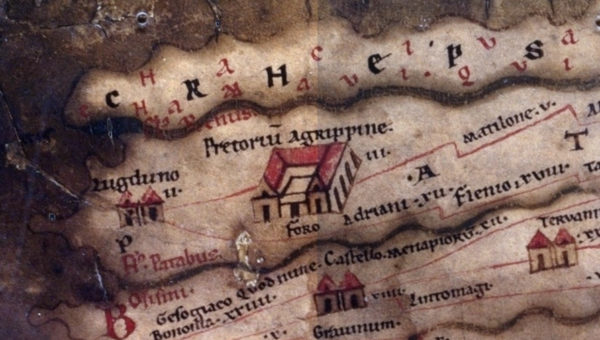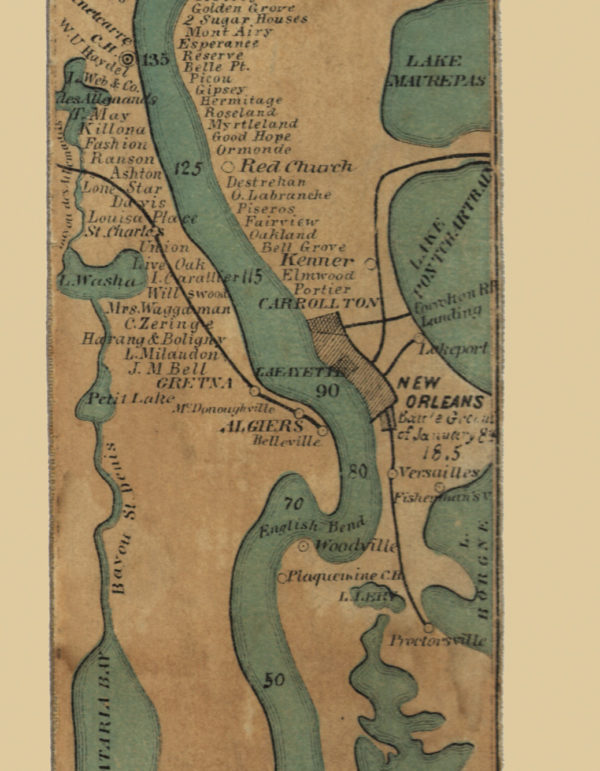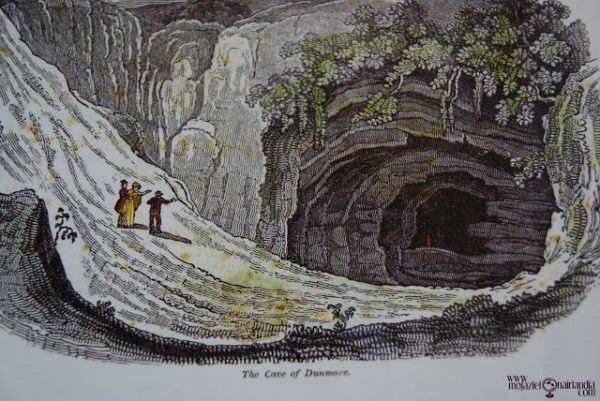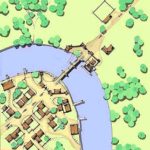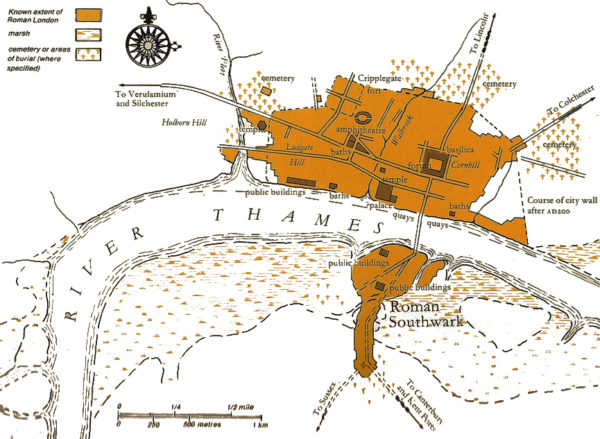I’ve decided to create a web-based game set in early Rome. It’s intended to be about the leaders of the time with an emphasis on politics rather than military strategy. I want the latter to happen “off-screen” as it were, but with the option for legions to show up at the gates of Rome when needed to influence political events.
The biggest difficulty was selecting a time period that provided the right amount of variety, particularly political in-fighting and manuevering without too much military action (such as the wars with Carthage). In that regard, the early and late periods of the Republic offered some interesting options, as did the time of the First Triumvirate and the period following the death of Caligula, to name but a few points in the turbulent history of the Romans.
I’m particularly fond of the political manueverings described in Imperium by Robert Harris and in the BBC production of I, Claudius (for which I must confess that I haven’t read the book by Robert Graves). There’s an immediacy to the politics combined with a certain degree of brutality that keeps one from longing overmuch for the good old days. So the more I thought about it, the less Imperial Rome appealed to me and the more I wanted to go back a little further in time. At the same time, Lavinia by Ursula Leguin brings the events of Virgil’s Aeneid to life brilliantly with the interplay between the tribes of the area and the followers of Aeneas.
Out of all the time periods that I think would make for an worthwhile game, the period immediately following the Social War, a crisis point in Roman history, sounded extremely interesting. Sulla’s First Civil War with the struggle between the optimates and populares (and I’m simplifying matters greatly since it wasn’t that black and white) made for some turbulent times with lots of political and military manuevering. Throw in assassinations, exiles, plagues, riots and external threats like Mithridates of Pontus, and you have a good deal of elements to work with.
As they say, plus ça change, plus c’est la même chose. The politics of the Roman Republic and the Roman Empire have much in common with the infighting during the War of the Roses and the gangland warfare of the Roaring Twenties. For that reason, I wanted to capture some of the feel of the Avalon Hill game Kingmaker, minus the board and tediousnous of moving armies around, with the fast-paced play of Family Business, but with a more historical feel and slightly more elaborate mechanics.
Before starting work, I did some research on already existing games that covered both the time period I was interested in with the politics in a card game or simple board game version. I was positive there’d be a plethora of games of all stripes, some very similar to what I had in mind. Surprisingly, the list wasn’t nearly as long as I expected, though I’m sure I missed more than a couple. My short list of games that aren’t strategy games and that otherwise capture some of the elements I was looking for are as follows:
Certainly, some of these games are ones that I’d really like to play, particularly Triumvirate. But before I do that, I’d like to get my game up and running. First up, a paper prototype. Much like website usability testing with paper mockups and wireframes, I plan to make some cards and to try some mechanics so I can see how they play out. I’ll discuss that in my next on this subject.
